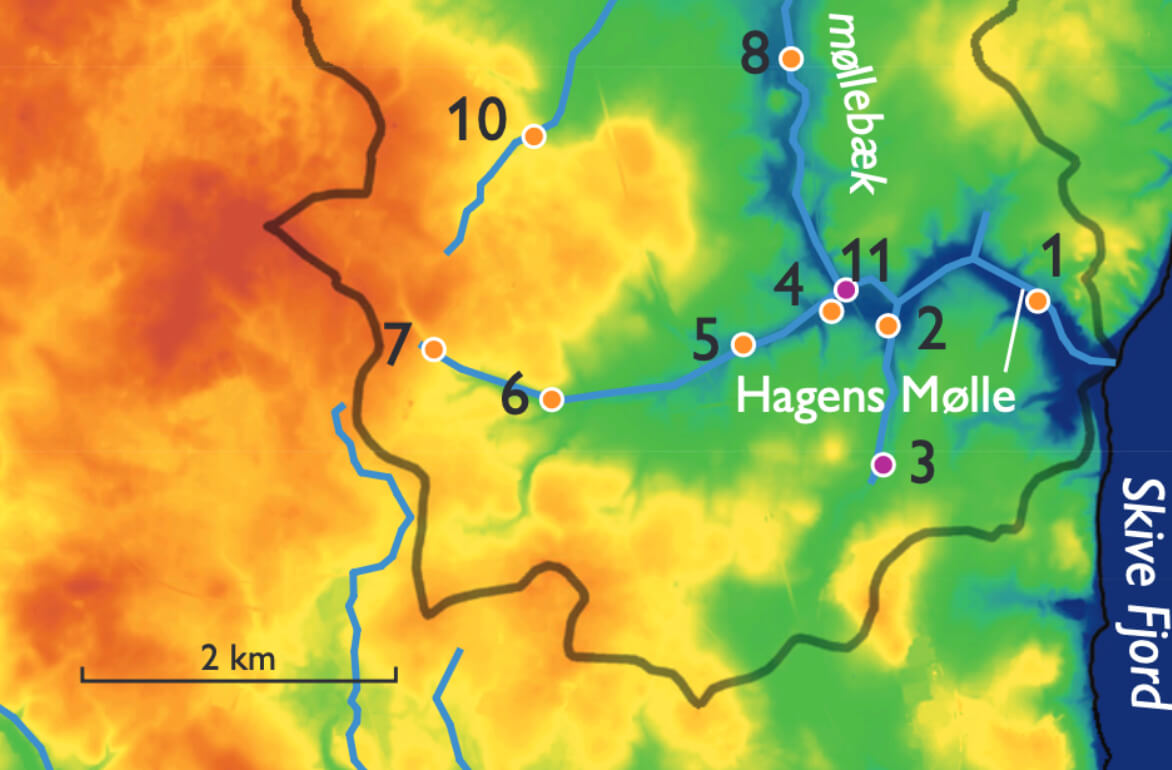
How to Cite
Share
Abstract
The Water Framework Directive (WFD) of the European Union prescribes “good ecological status” of all waters. In terms of nitrate this means, among other things, to avoid eutrophication and achieve a good ecological balance in surface water systems for the benefit of the groundwater dependent flora and fauna (Hinsby et al. 2012). In Denmark, the nitrate load to estuaries has been nearly halved since the first national action plan was implemented in the mid-1980s, but further abatements are required in many areas to fulfil the WFD. New approaches to regulate nitrate use are needed with measures targeted to the areas where most effect is obtained, and this is recognised at political level. Recent legislation allows farmers to increase nitrate application, but should at the same time introduce new mitigation measures and a more targeted approach to regulation. Therefore the physical system, i.e. the geological framework and topography, of the catchment has to be understood (Winter 1999). Previous studies have shown that in hydrological catchments with high geological variability, sampling of groundwater in riparian zones, the stream water itself and water in the stream bed can help to identify near-stream areas with specific nitrate problems. Detailed studies are, however, not feasible in all catchments, and development of representative typologies to guide an optimal location of mitigation measures in the catchment is thus needed. The present study is a detailed characterisation of nitrate transport and reduction in the groundwater–stream system in the river Hagens Møllebæk catchment for this purpose.
How to Cite
Share
Downloads
Editors Adam A. Garde and Ole Bennike
The 17 contributions in this Review of Survey activities reflect the wide range of activities currently performed by the Geological Survey of Denmark and Greenland, commonly in collaboration with external partners.
Topics in and around Denmark include the important Danish potential for geothermal energy, a shale gas [...]










